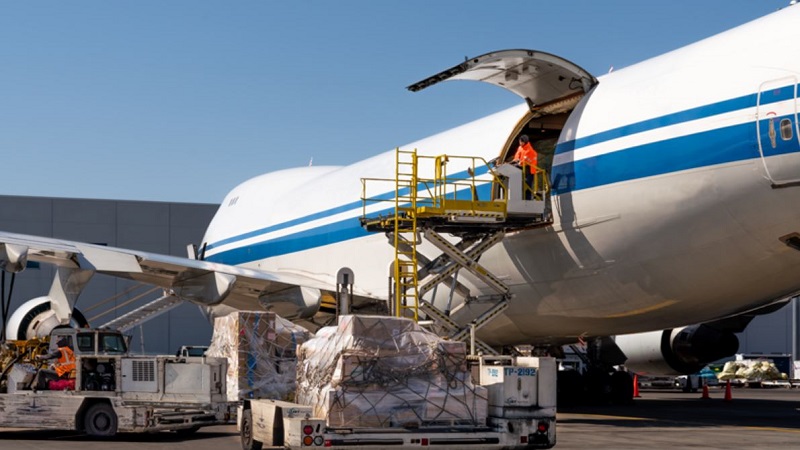Ground support equipment’s role in maximizing airport operations cannot be overstated. These vehicles are essential to airport operations, guaranteeing efficiency and safety in the fast-paced world of aviation, whether they are towing planes or transporting goods and people. This blog examines the development of ground support equipment in airport operations, emphasizing significant innovations and their effects on the sector.
The Birth of Airport Ground Support Equipment
Since the beginning of aviation, ground support equipment has been an integral part of airport operations. Originally designed to perform vital tasks like hauling planes and moving luggage, this equipment has been there for a reason. These early versions were often clever modifications of already-existing commercial vehicles tailored to the particular requirements of the busy airport environment.
The function and form of these vehicles have changed significantly over time as airport operations and aviation technology have grown, reflecting the increasing complexity and sophistication needed to preserve and improve the effectiveness of contemporary air travel. In keeping with this trend, specialized vehicles built for airport use have been introduced. These vehicles have cutting-edge technology and systems to sufficiently support the wide range of logistical duties required to maintain airports safe and operational.
Technological Advancements and Automation
Technology has brought about a lot of changes in the way industrial vehicles are designed and operated, especially in the aviation industry. The efficiency and dependability of these vehicles have increased thanks to innovations like electric motors and sophisticated hydraulic systems, which have also made operations more environmentally friendly and sustainable. A radical change in the direction of automated and semi-autonomous vehicle introduction has occurred in recent years. This technological advancement has significantly decreased the need for manual labor, improving accuracy in crucial operations like cargo handling and aircraft towing.
Enhanced Safety Features
Ground support equipment has evolved throughout the years with the idea that safety is the top priority in airport operations. Modern safety features have gradually been added to these cars in order to reduce possible hazards on the tarmac. These crucial safety advancements include things like advanced collision avoidance technology, automated braking systems, and improved operator visibility. These developments are largely responsible for the notable decrease in the probability of mishaps on the busy airport tarmac area, providing tremendous safety for both people and expensive equipment.
Sustainability in Design
Environmental considerations have increasingly influenced manufacturers to innovate and design more sustainable Ground support equipment, responding to the global call for greener solutions within airport operations. The rise of electric and hybrid models represents a significant shift away from traditional diesel-powered vehicles, providing a much cleaner and environmentally friendly alternative. This transition not only aids airports in reducing their overall carbon footprint but also ensures compliance with stringent environmental regulations aimed at combating climate change.
By adopting these eco-friendly options, airports are able to significantly lower emissions of harmful pollutants, contributing to cleaner air quality and a healthier environment. This progressive move towards sustainability in the design and operation of Ground support equipment underscores the aviation industry’s commitment to environmental stewardship. It showcases the potential for technological innovation to address ecological challenges.
Customization for Specialized Tasks
As airports have continued to grow and diversify, the tasks expected of Ground support equipment have expanded, leading to a new era of highly specialized machinery tailored to meet the specific needs of modern airport operations. Today’s vehicles are designed with distinct functions in mind, ranging from catering and waste management to responding to medical emergencies and more.
Recognizing the unique demands of different airports, manufacturers now offer customizable options for their vehicles, allowing for a level of personalization that ensures each piece of equipment can be perfectly adapted to meet the unique operational requirements of any airport. This evolution towards specialization and customization reflects the dynamic nature of airport logistics and these vehicles’ critical role in maintaining the efficiency, safety, and responsiveness of airport operations worldwide.
Conclusion
The development of ground support equipment has been enormous, reflecting improvements in environmental sustainability, safety, and technology. Ground support equipment is necessary for seamless and effective airport operations and evolves to satisfy contemporary needs. Its ongoing progress holds great significance for the aviation sector’s future, as it indicates potential for additional improvements in airport operations.
